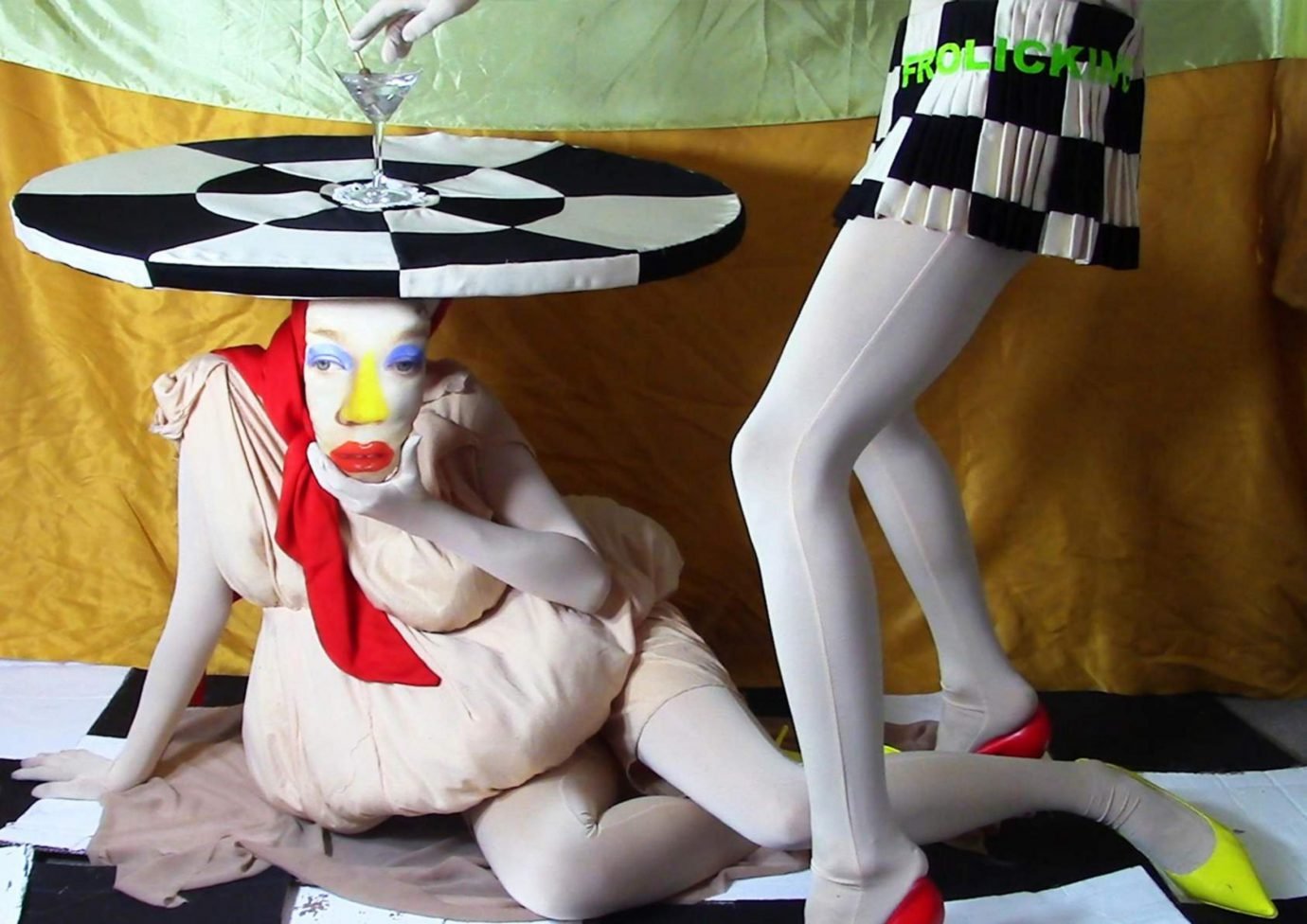Newcomers are what keep our field exciting, and our industry makes tremendous efforts to assure they find their place: journalists routinely cover graduate shows, support platforms like NewGen, Fashion East or VFiles give emerging talent a space to showcase their work, and prizes like LVMH or ANDAM offer visibility and a financial push. It isn’t hard to figure out why young designers (and the practice of helping them) are popular. Fashion, by nature, is nourished by the new, and so our eyes are already fixed on those who enter the industry for the first time. Everyone wants to be the one who discovers the new star. Indeed, there is no easier story than an unknown name, and we need one every season.
However, the high promotional potential of these practices has turned youth into a brandable commodity. This has created a suffocating sense of urgency and a warped idea of what a healthy career looks like. No one mentions that the designer who won that big award still can’t afford to move out of their parents’ basement or that the student whose designs were seen on the red carpet is burnt out and inspiration-less. Fashion students graduate at the age of 27 and feel like they’re already running behind. Inspired by the highly mediatised career-debuts of their predecessors, they jump to the opportunity to set up their own label. But the reality of running a company, leading employees and organising production is miles away from the creative explorations designers are taught at fashion school. The way we speak of young designers shapes the dreams and expectations of the next generation, and right now, we’re telling them that all it takes to be successful is one strong collection and a handful of charismatic models. Hyping isn’t helping. Who does it serve to normalise the idea that graduates who can barely write an email are ready to set up a label?
Education is part of the problem. Most of the schools we’ve been in contact with over the years teach fashion like art. That is a good thing, fashion is a creative industry. However, this vision doesn’t exactly chime with what happens at graduation, traditionally celebrated with a catwalk where years of research is distilled into a fixed number of silhouettes and presented to influential professionals and a global press audience. Students are approached by editors and buyers for exclusive interviews and capsule collections before they can even wash the dye off their hands. It gives the impression that setting up a company is the natural next step post-graduation. So, you’ve spent four years exploring your Flemish heritage creating Rubenesque silhouettes out of papiermaché? Now go be a CEO.
Art students know there’s a chance they’ll never make money off their work ‒ they are willing to dedicate their lives to their practice. Fashion students think of themselves as artists, while hoping that somewhere down the line, they’ll be millionaires. After all, the fashion designers we see stage spectacular shows in capital cities, are on the covers of magazines and surround themselves with celebrity models. That is the goal, right? The problem is that most support systems offer those exact same things to beginners. And that is the biggest disservice we’ve given the next generation ‒ we’ve made it seem easy.
This focus on the catwalk continues after graduation, and it’s ruining careers. Digital media and e-commerce have drastically shifted the way fashion is produced, promoted and consumed, yet the catwalk show is still presented as a necessity, even for those in their first season. It is, after all, a practice that speaks heavily to the public’s imagination, functioning as a symbol of status. Onlookers forget that it usually comes at the end of the journey, after sorting out production or finding stockists. Fashion, never too keen on showing the grittiness of the behind-the-scenes, pretends those middle steps can be skipped. In an effort to live up to the fantasy, both designers and those who aim to help them forget that there is no point in signaling commercial success if you’re not actually selling. We’ve seen designers go in debt just to prove to their classmates they made it.











